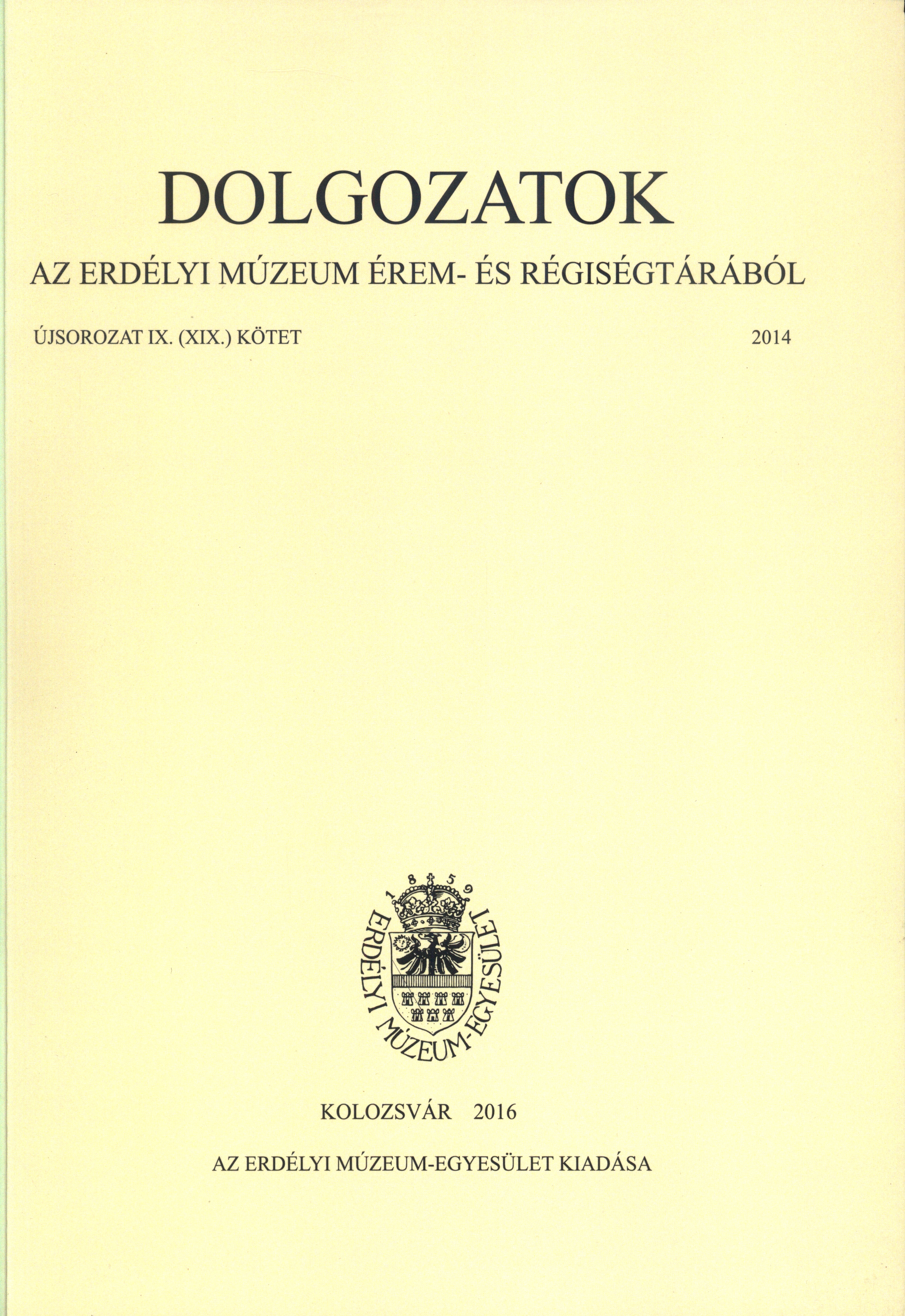Felmérések a Híd utca 22. szám alatt
Architectural Surveys at Híd Street nr. 22.
On the Apropos of the Unfinished Publication of Lajos Pákei
Author(s): Gyula Gy. DávidSubject(s): Architecture
Published by: Erdélyi Múzeum-Egyesület
Keywords: Lajos Pákei; monuments of Kolozsvár; Híd Street; Henczel house; architectural surveys
Summary/Abstract: Lajos Pákei (1853-1921) committed himself to the architectural profession in the 1870s. After studying architecture in Budapest, Munich and Vienna he returned to his hometown of Cluj-Napoca (Kolozsvár). As the millennium and the turn of the century approached, the town awaited the fresh graduate architect with the need and promise of development and a city chief engineer job. Pákei spent only a short time on his bureaucratic job and then chose teaching and the architectural profession. The medieval city of Cluj-Napoca had been transformed and developed for several years and as a result architectural relics of the city’s history fell victim to development one after another. Significant part of the legacy of Lajos Pákei (1853-1921) consists of drawings, through which, he wanted to capture to posterity the architectural and artistic monuments of Cluj-Napoca, from Roman carvings to empire vases. He planned a publication, but he could not complete it even until his death. Parts of his unfinished work are widely known due to the research of renaissance architecture of Cluj-Napoca. However, the complete work of his planned publication – more than five hundred items kept in different collections – has to be finished. Therefore we need to learn about the legacy first, only then could be estimated the possibility and the way of the realization of this publication. There are several answers to the question what urged Lajos Pákei to begin the graphic capturing of the architectural monuments of Cluj-Napoca, but the result is indisputable. He left a loads of documents which serve - even to this day - as a source for art history research of Cluj-Napoca and the Transylvanian renaissance as well. In this article I try to get insight into the secrets of the trade of Pákei’s surveys and reveal the order and the phases of his work. For this reason the survey drawings, drafts of the Henczel house, the renaissance building built in the 16th century, Cluj-Napoca, Híd street, are presented in archive and catalog-like details. Among the selected additional photos, site survey sketches, preliminary drawing are also published along with the final drawings of architectural details. The aim was to present and illustrate the creative process to understand the complete work. Of course, different aspects had to be considered while publishing the legacy of Pákei’s surveys. Some items can be discussed in chronological order, or according to building or ornament type. Beside the city fortifications (walls, towers, gates), churches, houses and Roman monuments, there are other major groups, such as coats of arms, gates, doors, windows and their frames and cornices, hardware (locks, handles, keys, straps), public statues and memorials or tombstones, and inscriptions and fonts that can be found on all of the above objects. Naturally, the complete drawing material cannot be published, since there is a building with more than hundred relevant drawings and sketches. It is not far from the truth if we assume that the original intention of Pákei was to provide a worthy and illustrated summary of the historical, architectural and art past of Cluj-Napoca which had been destroyed or preserved in fragments. The publication encompassing 100 years, which would like to realize the intention, not only pays respect to the memory of Lajos Pákei but makes available the data hidden in the legacy that can be utilized for further architectural history research.
Journal: Dolgozatok az Erdélyi Múzeum Érem- és Régiségtárából. Új sorozat
- Issue Year: 2014
- Issue No: IX
- Page Range: 225-257
- Page Count: 33
- Language: Hungarian

